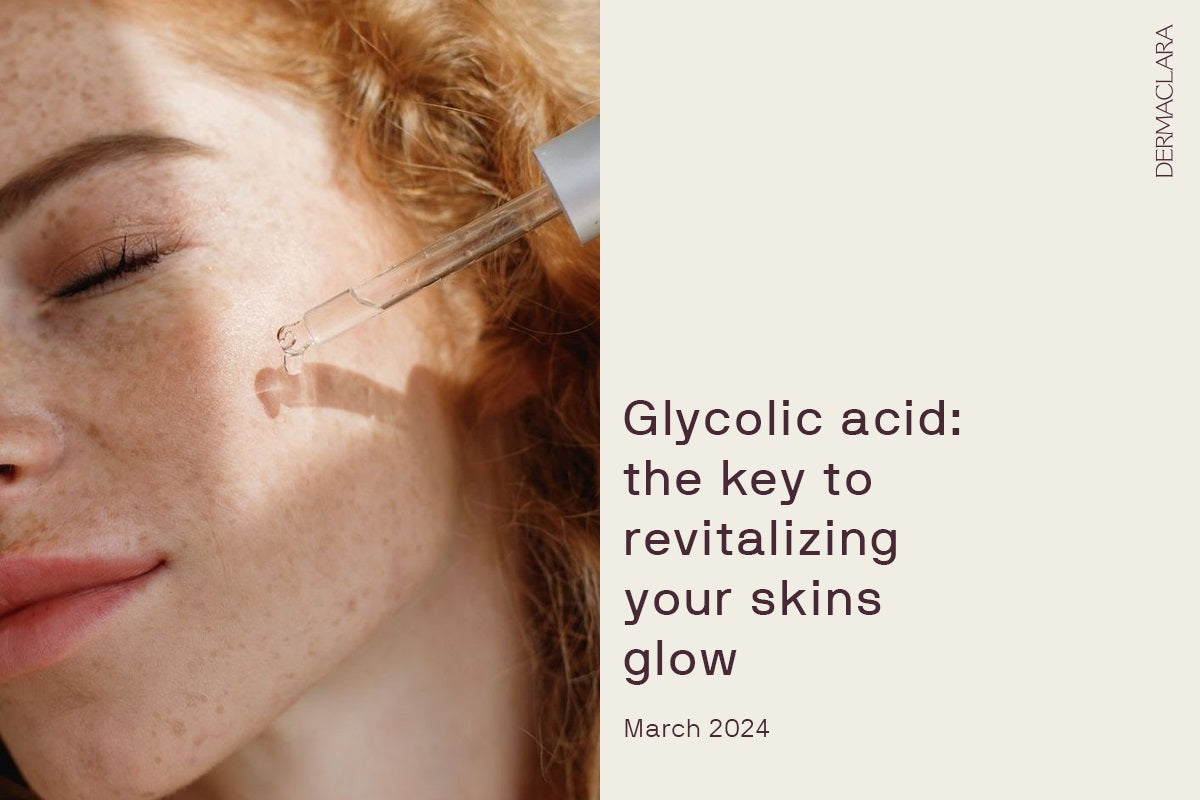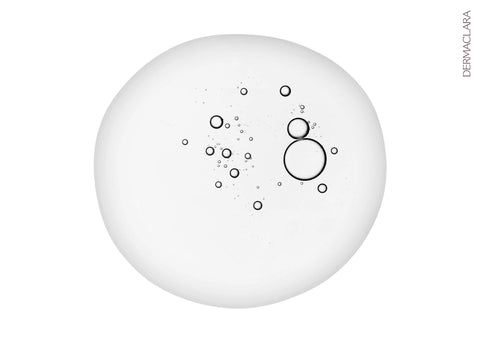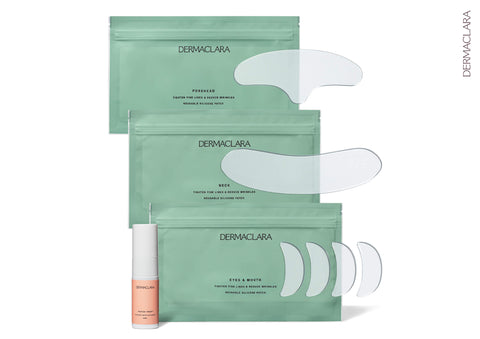Glycolic Acid: The Key to Revitalizing Your Skin's Glow

Glycolic acid is an exceptional skin ingredient that has been lauded for its numerous uses on the internet. From the face to the body and even hair, glycolic acid can unlock a plethora of benefits you never knew existed before. This article sheds light on questions like: What is glycolic acid; what does glycolic acid do; and does glycolic acid help with acne?
What is glycolic acid?
Glycolic acid is a type of alpha hydroxy acid (AHA) found in natural foods (sugarcane). Like other alpha hydroxy acids (AHA), glycolic acid works by dead skin to improve texture and promote cell turnover. Glycolic acid has the lowest molecular weight among all alpha hydroxy acids (AHAs), promoting skin absorption and improving its effectiveness.
Glycolic Acid Benefits
Glycolic acid benefits do not stop at exfoliation, instead, it offers other beneficial skin benefits like promoting cell turnover to reveal smoother and even-toned skin. It also stimulates collagen production and provides extra support to the skin to ensure firmness and plumpness. Another benefit is its anti-aging properties that help reduce wrinkles and improve skin texture to reduce the appearance of pores.Does glycolic acid help with acne?
Does glycolic acid help with acne? Yes, glycolic acid for face can treat acne and prevent future breakouts by unclogging pores to reduce debris buildup.Is glycolic acid safe during pregnancy
We often receive questions like “Is glycolic acid safe during pregnancy?” from pregnant women looking to explore the skin-lightening properties of glycolic acid. According to research results, glycolic acid skincare is an Alpha hydroxy acid (AHA) that is safe to use during pregnancy as long as you opt for a concentration of 7% or lower.Glycolic acid for hyperpigmentation
It is common to use glycolic acid for hyperpigmentation to lighten dark patches and even out skin tone. Glycolic acid is an effective skin brightener and is majorly used to brighten dark spots.
How to use glycolic acid
Glycolic acid skincare has different uses on the face and the body. Depending on your skin regimen, here's how to use glycolic acid:As an exfoliant: After cleansing your face and body, dry the excess moisture and use a cotton pad to purchase and dampen it with glycolic acid. Rub the damp cotton pad across your entire face and body and wait for some minutes before washing it off. Moisturize to prevent dryness and irritation.
Spot corrector: Wash the black or brown spot(s) to get rid of dirt and pat dry. Use a cotton pad with glycolic acid and place it on the spot. Ensure the size of the cotton pad matches the size of the spots to prevent. Wait for some minutes, then rinse, tone, and moisturize.
Before you use glycolic acid, perform a patch test by rubbing a little inside the skin of your arm and allowing it to sit for some minutes. If you experience any symptoms like burning, irritation, or redness, we advise you to discontinue immediately.
Can I use glycolic acid and vitamin C together?
You can combine glycolic acid and vitamin C to get rid of stubborn spots and hyperpigmentation on your skin. When used properly, both products can be the sure ticket to getting rid of brown patches.Can I use glycolic acid and niacinamide together?
Glycolic acid and niacinamide are great products to use together if you want to brighten, hydrate, and simultaneously exfoliate your skin. However, do not overdo or overuse both products, and make good use of your sunscreen during the day to prevent sun damage.
Can I use glycolic acid and hyaluronic acid together?
Using both glycolic acid and hyaluronic acid can produce the best result as both products complement each other. Hyaluronic acid is a humectant that ensures skin hydration and maintains moisture, which compensates for the drying or irritating effect of glycolic acid on the skin. During the day you can choose to use glycolic acid first, then followed by hyaluronic acid and at night reverse the order of application to enjoy the full benefits.Can you use glycolic acid with retinol
We regularly encounter questions like “Can you use glycolic acid with retinol?” The only right answer to this is NO because of the following reasons. Glycolic acid is an Alpha hydroxy acid (AHA) that reacts badly with retinol, canceling out the beneficial properties of both products. The only way you can use both products is to alternate them weekly, else you are at a high risk of experiencing chemical burns.Glycolic Acid vs Salicylic Acid
The mode of action of glycolic acid vs salicylic acid differs greatly. Salicylic acid removes dead skin layers on the surface as well as unclog skin pores. Glycolic acid exfoliates only the skin's surface, removing product buildup and improving cell turnover.Salicylic acid is mildly sensitive and will work on almost all skin types while glycolic acid works best on normal and oily or dry skin. Glycolic acid also reduces age spots on sunburned skin and reduces wrinkles in aging skin. The key to using both products simultaneously is to introduce them slowly into your skin regimen until you get accustomed to them.
Lactic acid vs Glycolic acid
The difference between Lactic acid vs Glycolic acid skincare can be traced to their natural source. Lactic acid is derived from sour milk while glycolic acid is extracted from sugar cans. Thus, lactic acid is milder and perfect for dry, sensitive skin type and glycolic acid suits oily, normal skin type. Both compounds can be used together if they are found in the same skin product, else they may cause inflammation and redness in sensitive skin.When to use glycolic acid
Glycolic acid can increase your skin's sensitivity to sunlight and increase your chances of sunburn and skin damage. We advise you to use glycolic acid during the evening or at night to prevent photodamage. If you must use it during the day, you should use sunscreen to prevent photosensitivity.How often to use glycolic acid
Glycolic acid offers numerous benefits, however, it is important to ask questions like “when to use glycolic acid” or “how often to use glycolic acid” if you desire an improved skin texture.To use glycolic acid, it's important to check the concentration. Skin products such as face wash or topical ointments containing 1-2% of glycolic acid can be used daily. Products with 2-10% should be used seldomly or at most 3 to 4 times a week to prevent irritation. Creams or lotions with a high concentration of 10-15% should be used twice a week while products with >15% should be left on the skin for a few seconds or minutes and washed off immediately.
Leave a comment